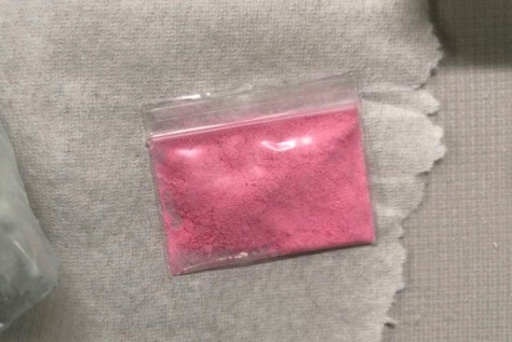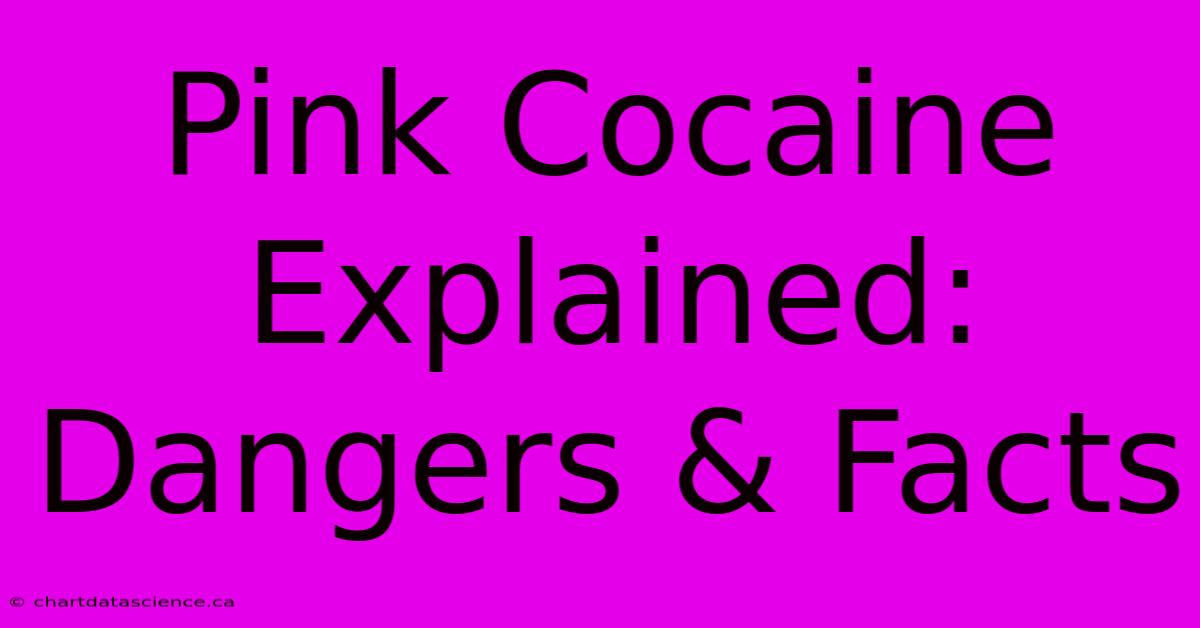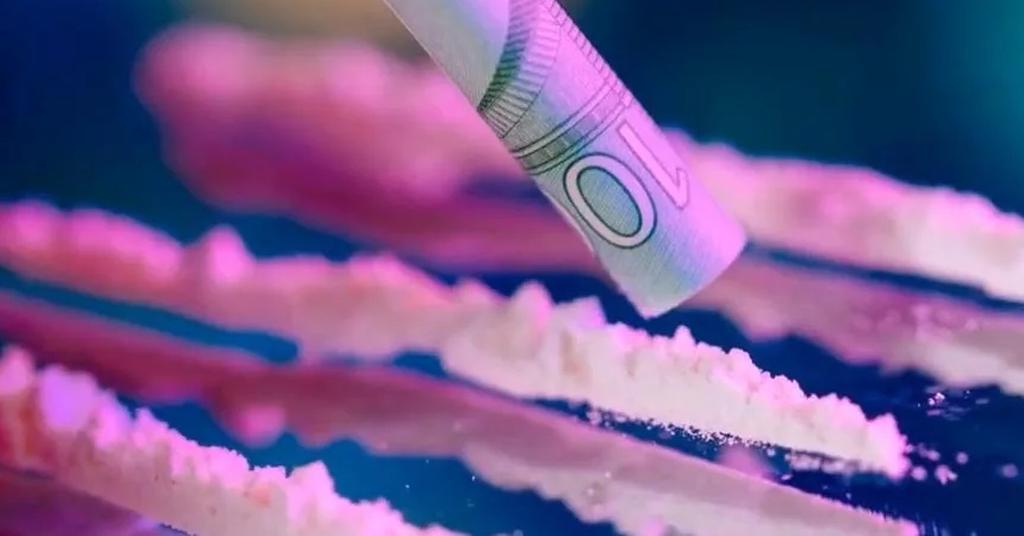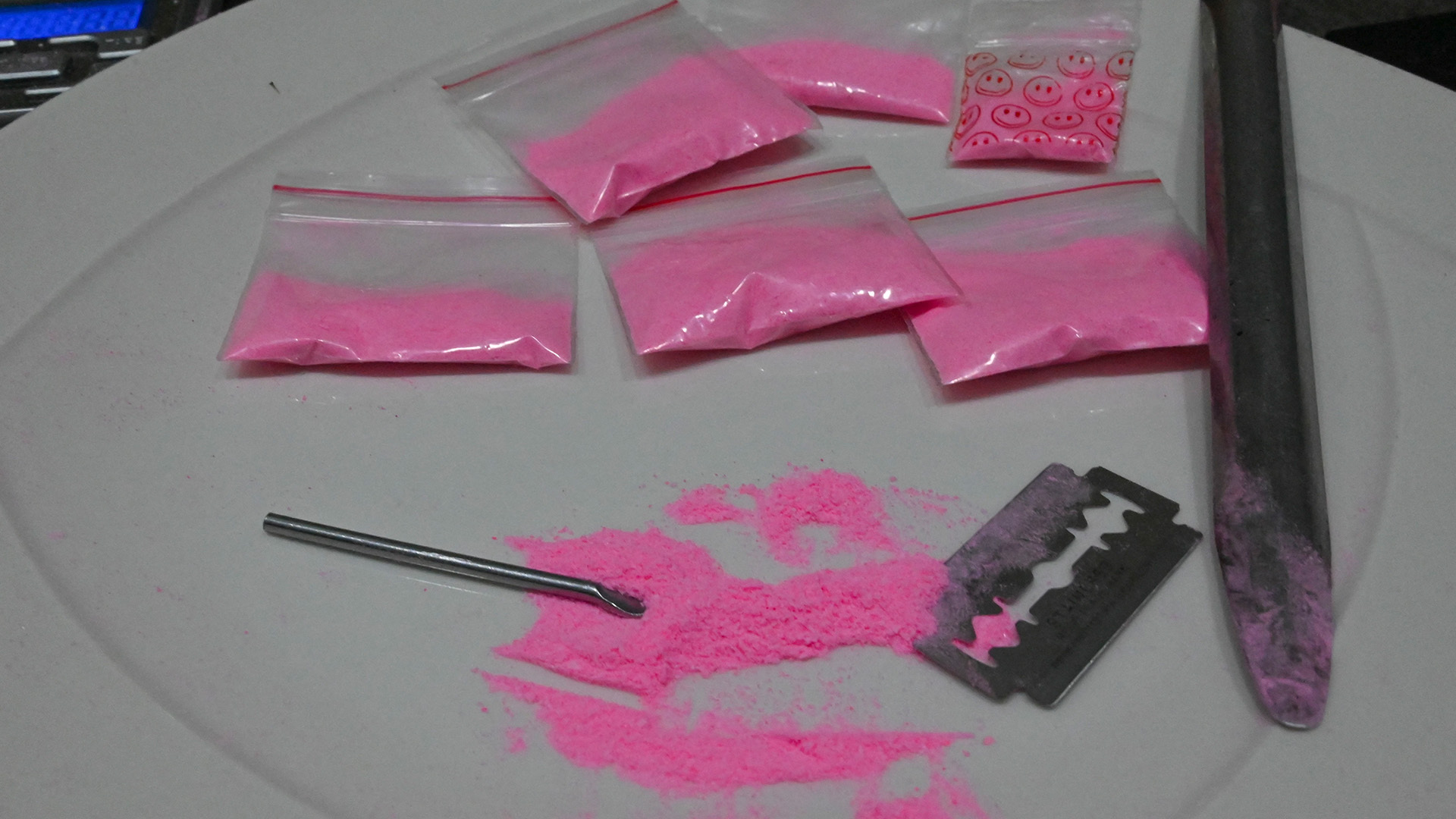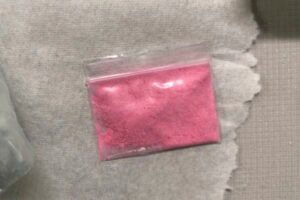Pink Cocaine: Unraveling the Mystery of the Designer Drug Linked to Liam Payne's Death
The recent passing of former One Direction singer Liam Payne has sent shockwaves across the globe, with fans and fellow celebrities alike mourning the loss of the talented artist. However, the toxicology report revealing the presence of multiple drugs in his system, including the lesser-known "pink cocaine," has raised more questions than answers. As the investigation unfolds, the spotlight has turned to this mysterious substance, leaving many to wonder what exactly pink cocaine is and why it's become a part of the club scene. Initially, the term "pink cocaine" might evoke images of a cocaine variant with a pink hue, but the reality is far more complex. According to the Drug Enforcement Administration (DEA), pink cocaine is a powder made up of a revolving group of drugs, often dyed pink to give it a distinctive appearance. This "designer drug" can contain a mixture of ketamine, methamphetamine, MDMA (also known as ecstasy or molly), opioids, and new psychoactive substances. The DEA warns that pink cocaine is "a grab bag of different drugs" that can have unpredictable effects on users. The origins of pink cocaine are shrouded in mystery, but it's believed to have emerged in Latin America around 2018. In some countries, it's known as "tusi," a name that's been associated with a concoction of ketamine, MDMA, cocaine, and methamphetamine. The pink powder is often ingested in pill form or snorted, and its effects can be highly unpredictable, ranging from euphoria to severe hallucinations. In recent years, pink cocaine has become a staple of the party scene, particularly among young people in the United States and Latin America. Its popularity has led to warnings from law enforcement agencies, who caution that the substance can be highly addictive and potentially deadly. According to the DEA, pink cocaine has been linked to several overdose deaths, and its use has been on the rise in major cities like New York. The risks associated with pink cocaine are numerous. Long-term use can damage the heart and blood vessels, and chronic consumption can alter brain chemistry. Additionally, the unpredictable nature of pink cocaine makes it difficult for users to know exactly what they're getting, increasing the risk of adverse reactions. In the wake of Liam Payne's passing, the conversation around pink cocaine has taken on a new level of urgency. As the investigation into his death continues, fans and advocates are calling for greater awareness about the dangers of pink cocaine and other designer drugs. With the rise of social media, it's easier than ever for young people to access information about these substances, but it's also crucial that they understand the risks involved. As the music world mourns the loss of Liam Payne, it's essential to acknowledge the role that substance abuse played in his untimely death. By shining a light on the dangers of pink cocaine, we can prevent similar tragedies from occurring in the future.#Entertainment



